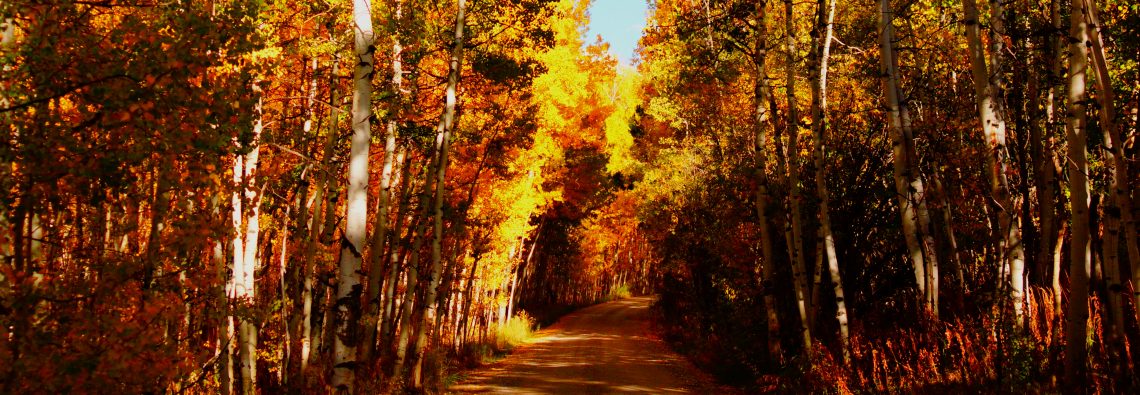Across the Western United States things like overgrazing, lack of water, agriculture and climate change are having profound effects on the native landscape. The grasslands of America, one of the hearthstones of the iconic heartland and western areas of the nation are disappearing at a rapid rate. Over 95% of the prairies that awed 19th Century pioneers are gone, and the desert in the Southwest is expanding at a rate that should scare the areas citizens. Removing native vegetation from a landscape leads to issues such as floods and erosion which then lead to fiscal issues involving those in the affected area.
Land Managers across our public land have recently undergone initiatives to try and recover these altered landscapes in a process called “Restoration Biology”. By fully understanding the merits of native plants in a landscape there is a new push to bring back landscapes to their original form, as opposed to simply planting vegetation that is likely to grow but may not be native. You usually see this in desertified landscapes, where native grasses have been replaced by more ornamental varieties such as St. Augustine due to it being a more ornamental variety. The issue is with these non-native grasses is that they weren’t adapted to a desert environ, so they require a larger amount of water. If that water source disappears then the grass inevitably dies, leaving a landscape lacking any ground vegetation because the native grasses that were adapted to a low water environ had been removed.

Anyways, like I said earlier, land managers have realized this and are trying to restore these native grasses by growing them in a nursery and transplanting them or collecting seeds and manually dispersing them. Several issues arise through these methods, which bring mixed results. It’s hard for a vegetation to take off from a completely desertified environment due to no shade, loose soil, and no root structure to prevent erosion. Evidently another issue is that the local wildlife jumps at any opportunity for a meal. Throwing a bunch of seeds in the desert is like putting a rescued castaway in front of a chinese buffet. They’re going to get after it and eat greedy as hell. This lowers the chances of a seed reaching germination even lower.
Scientists in Montana have evidently found a method that has had resounding success in preventing these hungry rodents from grubbing on the native seeds intended for restoration.
In an effort to deter the rodents, biologists tried coating the seeds with capsaicin, the active ingredient that gives chili peppers their signature fiery taste. It worked: Dusting the seeds with chili powder reduced the number of seeds consumed by deer mice by 86%, researchers report in Restoration Ecology.
The hot discovery required some trial and error. One big challenge was finding a chili powder that would deter the mice but not prevent the seeds from germinating. Another was finding a coating that wouldn’t weather away after a few months outdoors. After 4 years of laboratory and field experiments in Montana’s Missoula Valley, researchers found a workable recipe. A powder made from the Bhut jolokia, or ghost pepper, from India—considered to be one of the world’s hottest chilis—did the trick.-Elizabeth Gamillo, Sciencemag.org
When I was little, before they finally gave up, my parents tried EVERYTHING to try and get me to stop my nasty habit of biting my fingernails. One of the methods that is evidently out there (which they thankfully never tried) involved putting capsasin oil on your nails. The theory goes, you bite your nails a couple of times and burn the shit out of your mouth, you break the habit real fast. Of course, you scratch your eye or take a leak, you run into some different issues but the side-effects of course aren’t marketed. Anyways, the same theory is applied here to staggering results. 86% percent of the seeds survived from being feasted on. I’ve got a GREAT story involving ghost peppers and a bet in high school I’ll write about some other time, but let me just tell you from experience, those suckers are hot.

While not the end all be all, I love this because it shows how to fix 21st Century issues scientists are thinking outside the box. I’m curious at the future applications of these findings. While it’s not the end-all-be-all to fix issues by any stretch, any steps toward repairing the landscapes of pre-development America are great.

